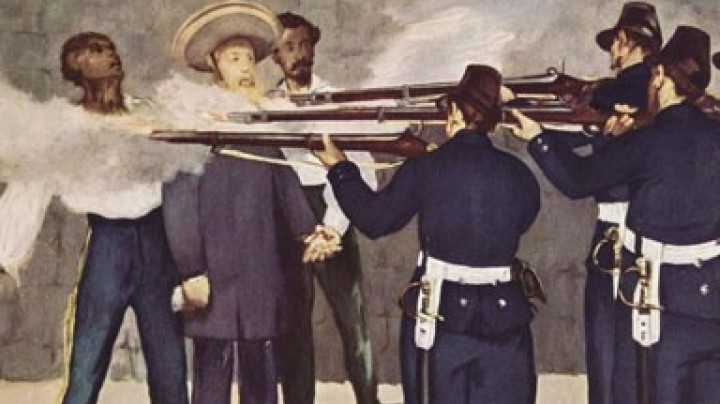More people – Population growth in the Monarchy
Improved medical and hygienic conditions and more food made it possible: from the eighteenth century on there was a steady increase in Europe’s population.
In comparison with other European states population growth in the Habsburg Monarchy was rather low and began late, not until the end of the eighteenth century. While at the beginning of the eighteenth century some two million people lived on the territory of present-day Austria, at the end of the century there were already three million. From the middle of the nineteenth century the whole of Europe experienced nothing less than an explosion in the size of the population, which was above all the result of increasing birth rates and falling death rates.
In the Habsburg Monarchy the growth was concentrated above all on Vienna, with more and more people moving to the city, especially in the nineteenth century.
Even if the number of critical periods in the food supply dropped in the course of the eighteenth century, there were nevertheless recurrent famines; those in 1709-10 and between 1770 and 1772 were particularly serious. These were caused by food shortages as a result of poor harvests or crop failures due to pests, wet and cool summers or severe winters. Moreover, the growing population meant that more food was needed. In addition to climatic and demographic causes there was also an economic factor: the price of grain, which was in any case high, rose still further and thus aggravated the supply crises. It was the poorest sections of the population who were particularly affected, and in their need they resorted to using all kinds of health-endangering substances to make bread. During the famine of 1772 Maria Theresa and Joseph II tried to alleviate the situation by buying grain from Hungary.














